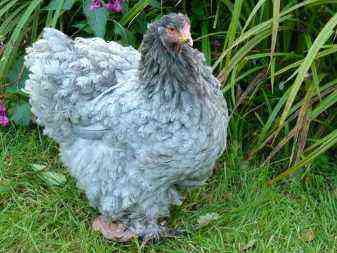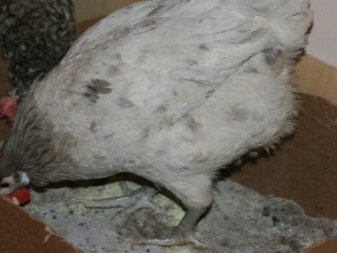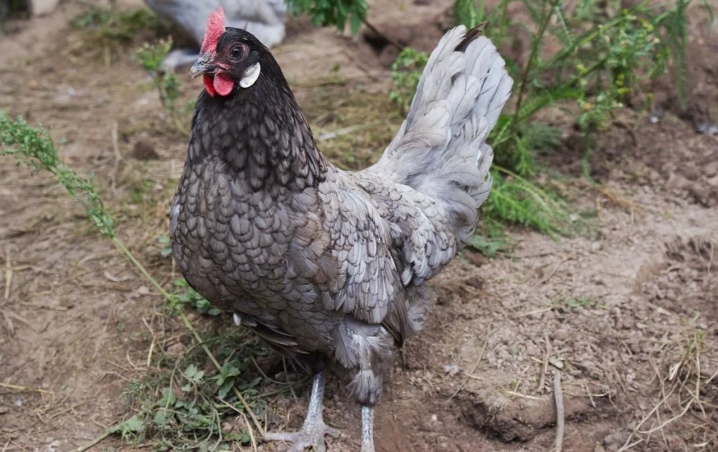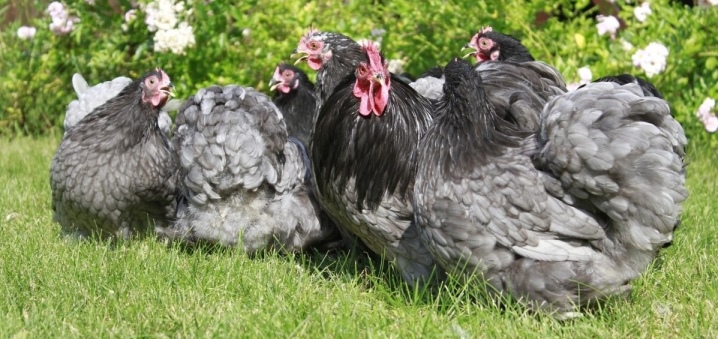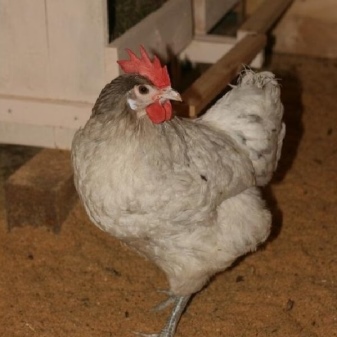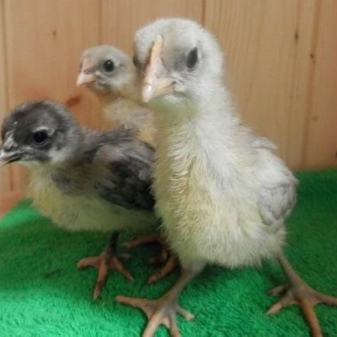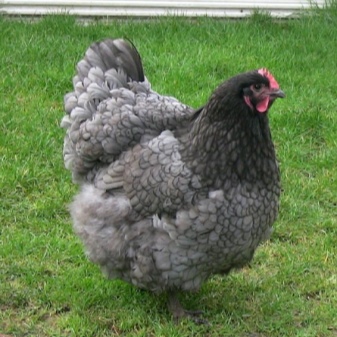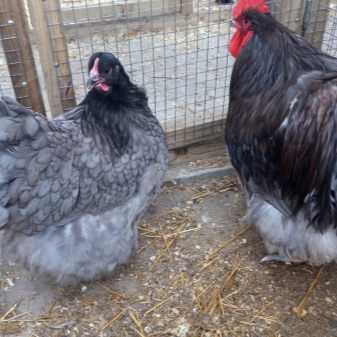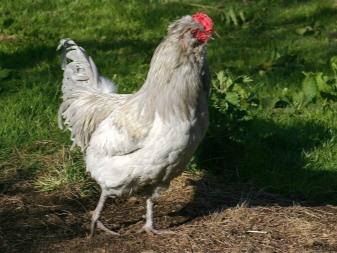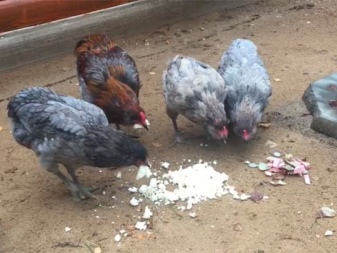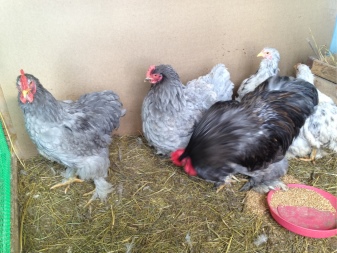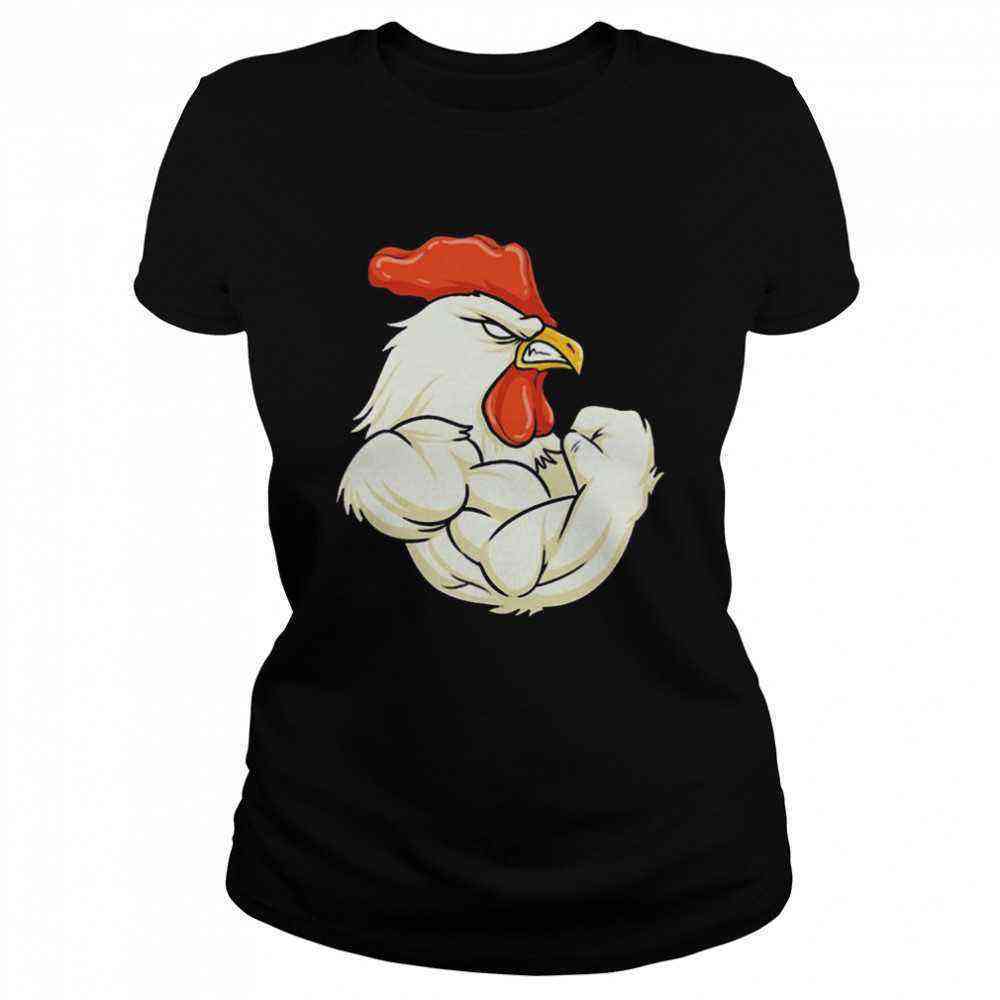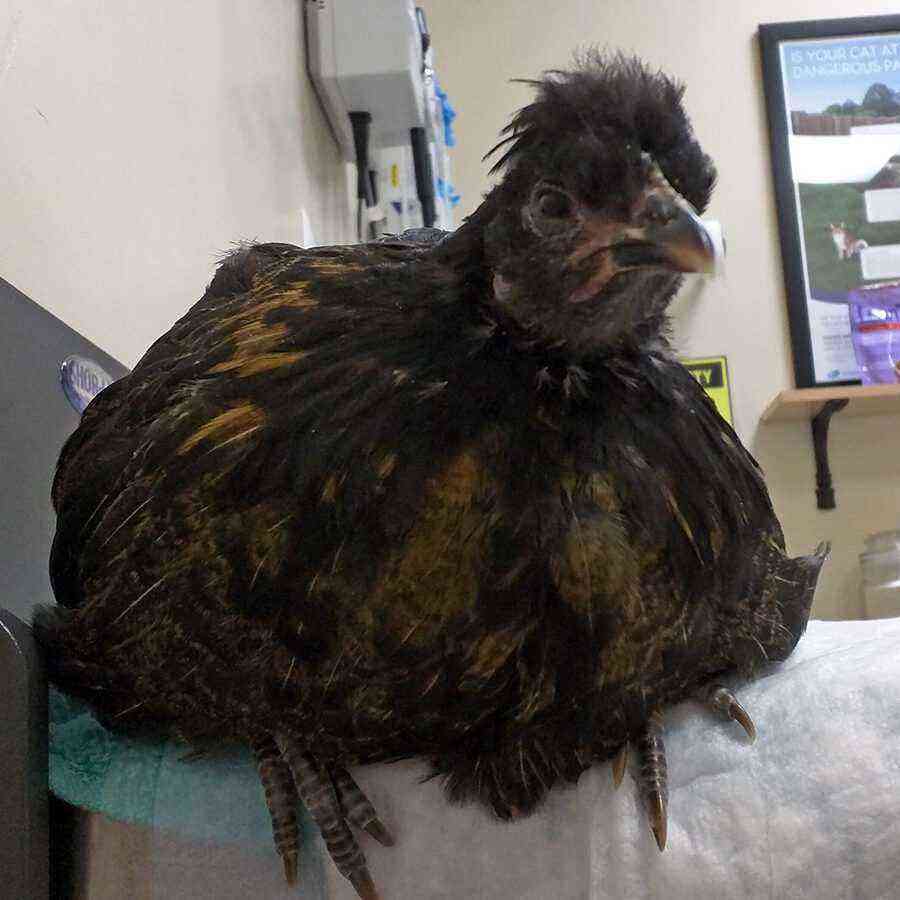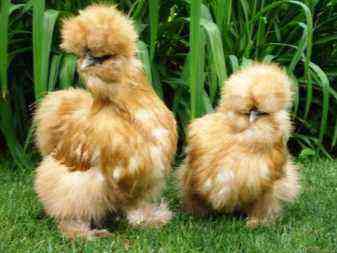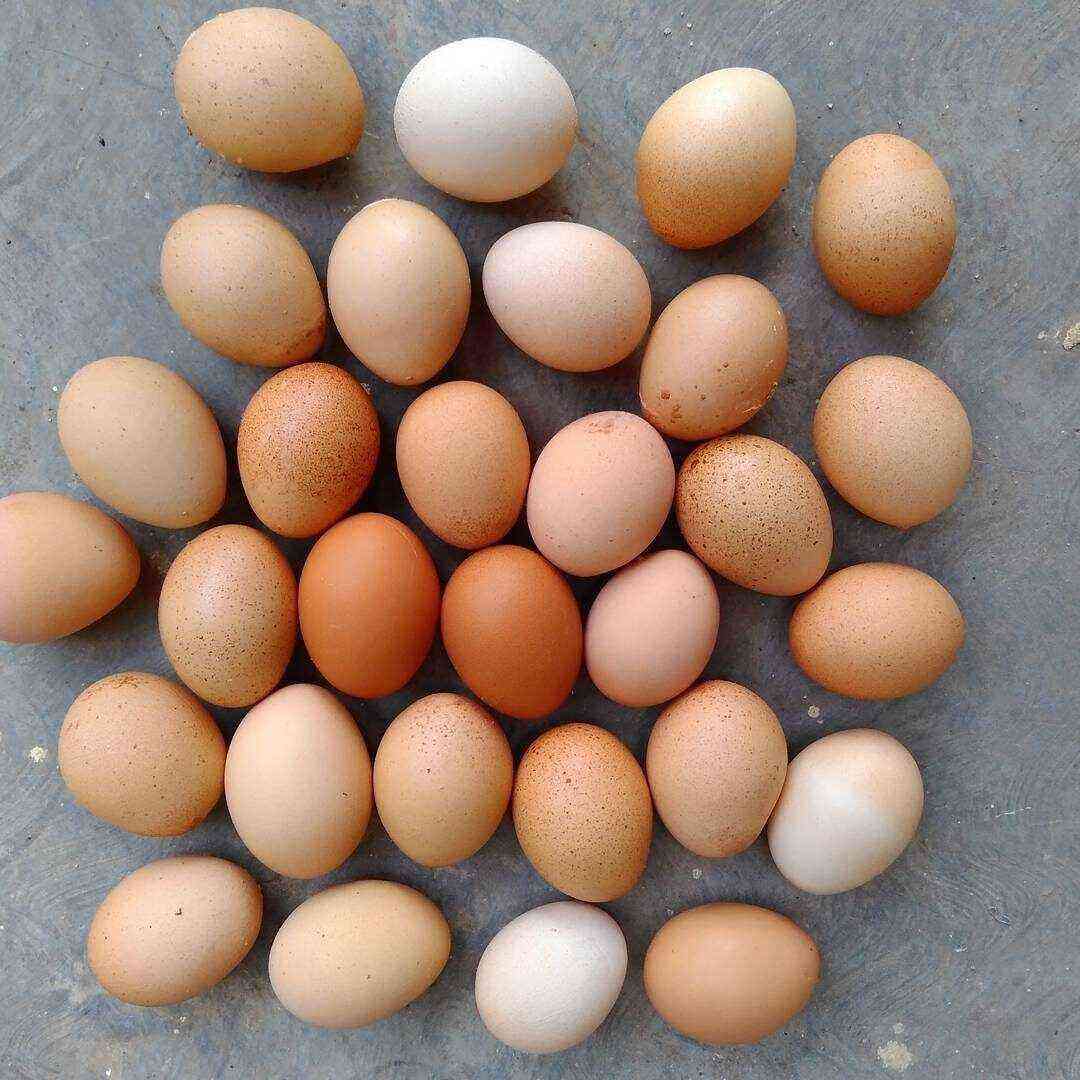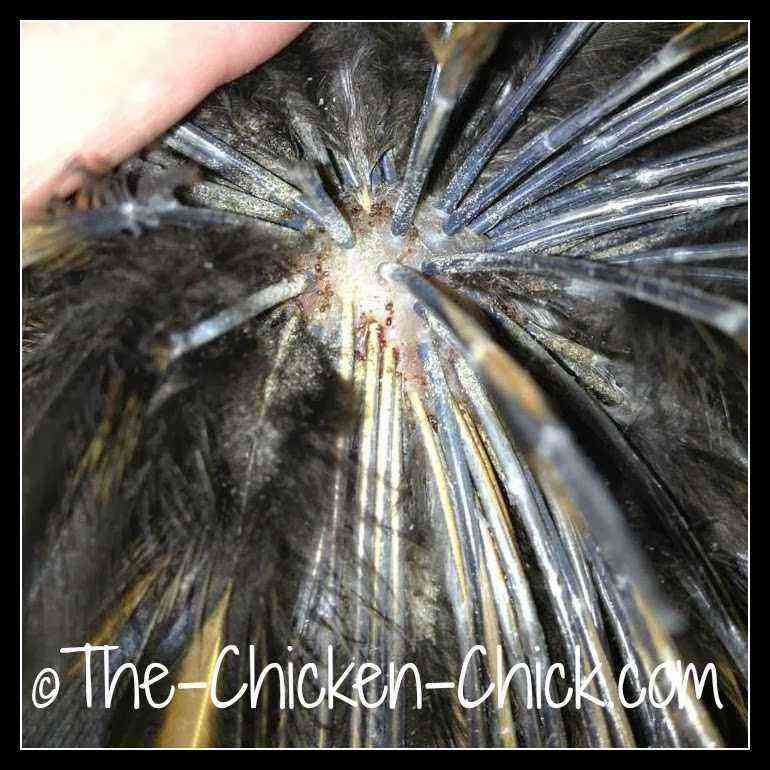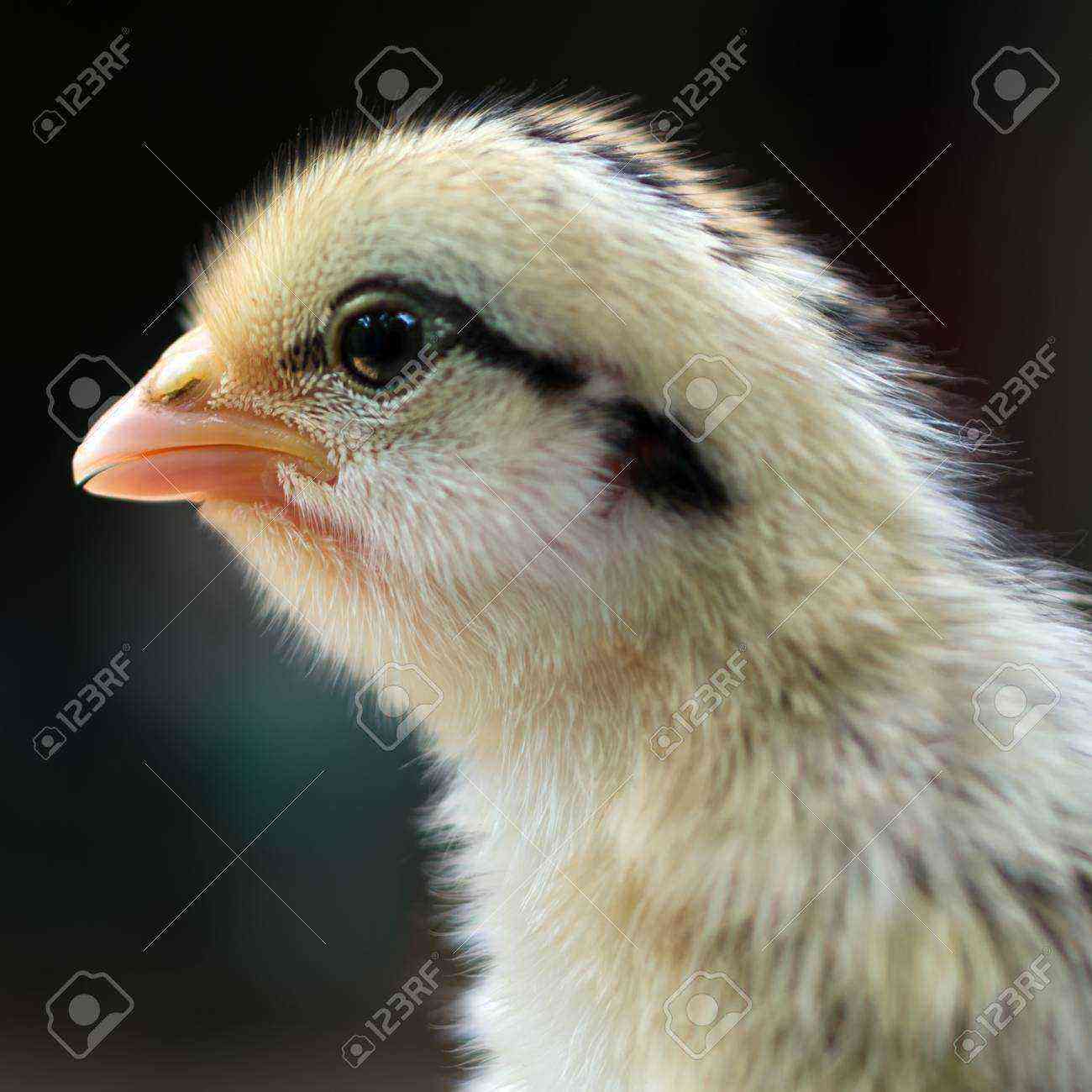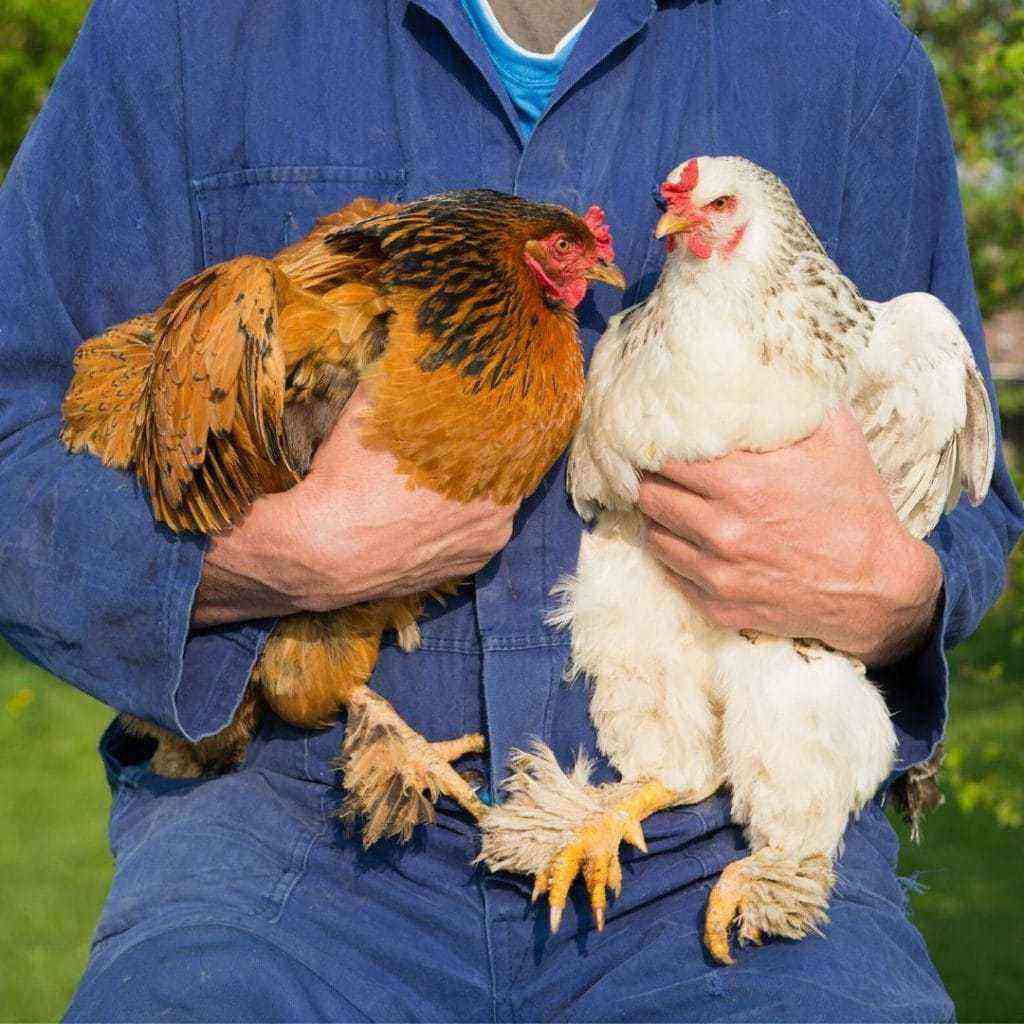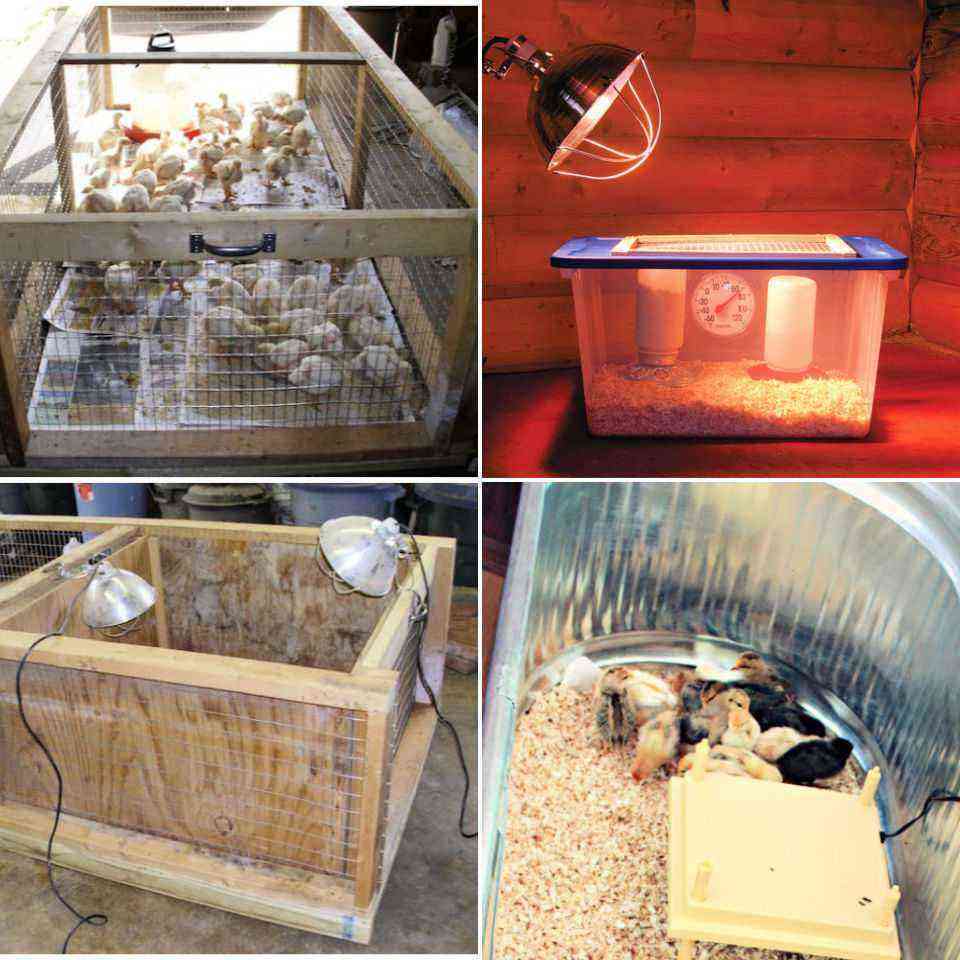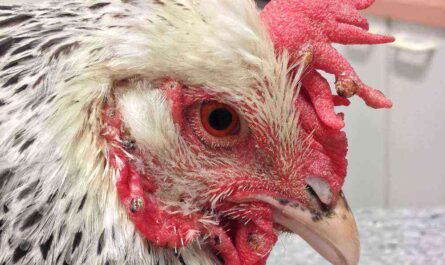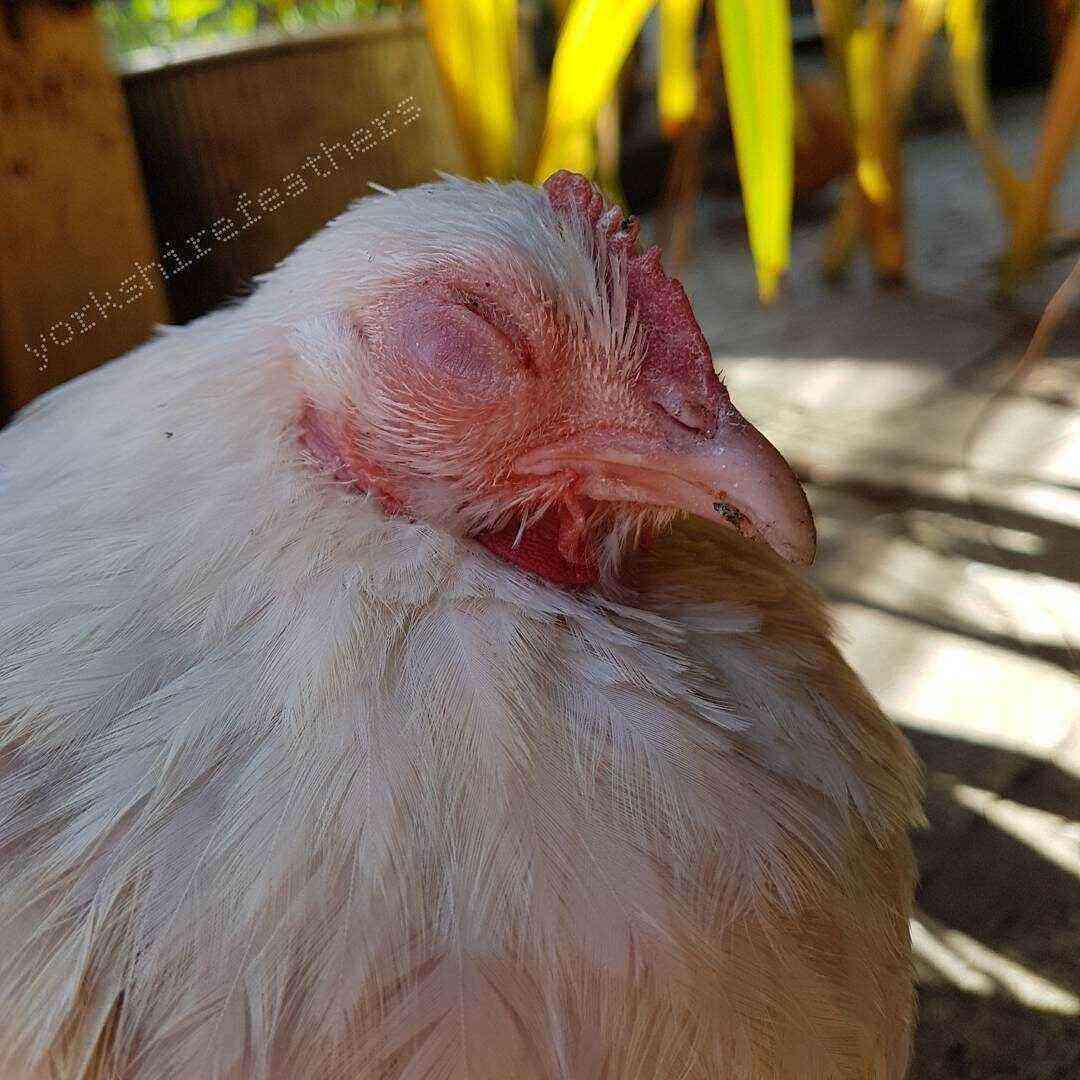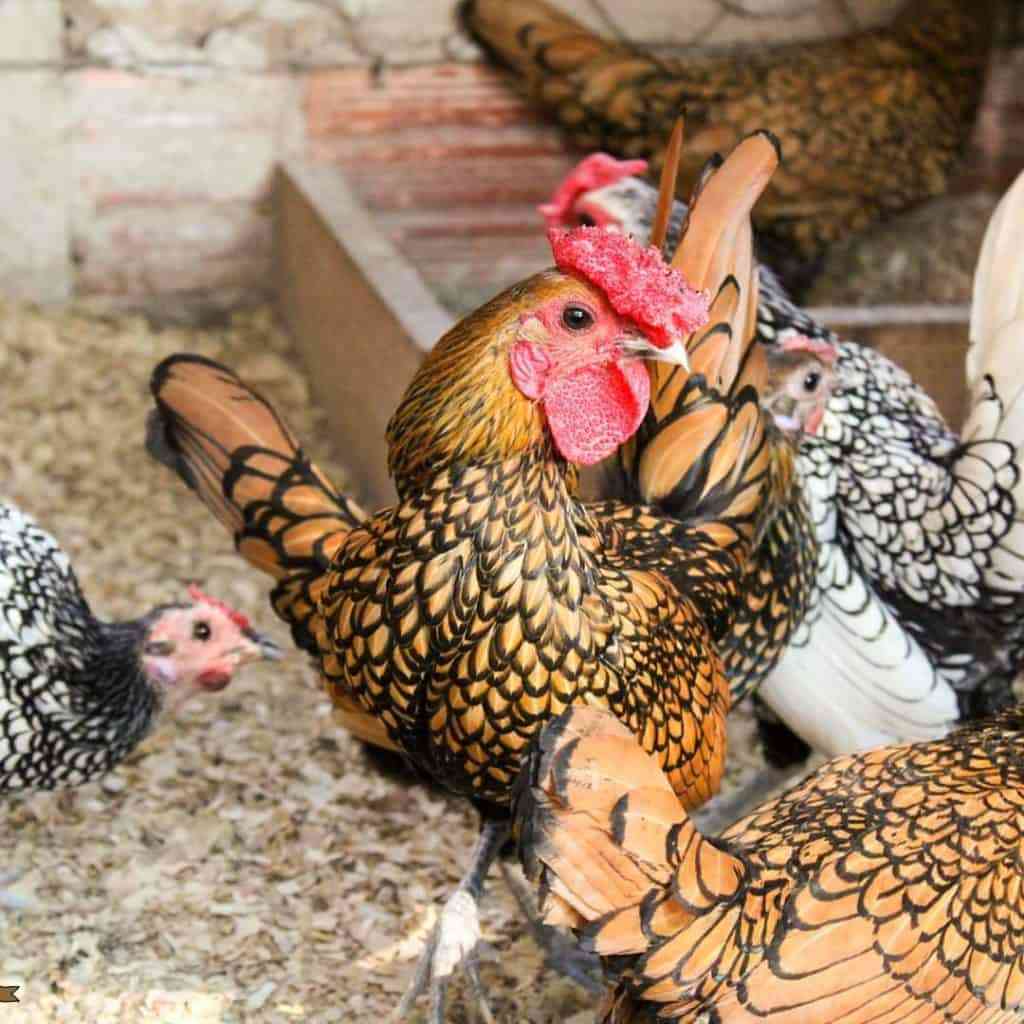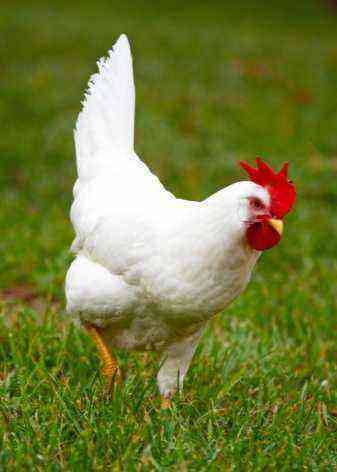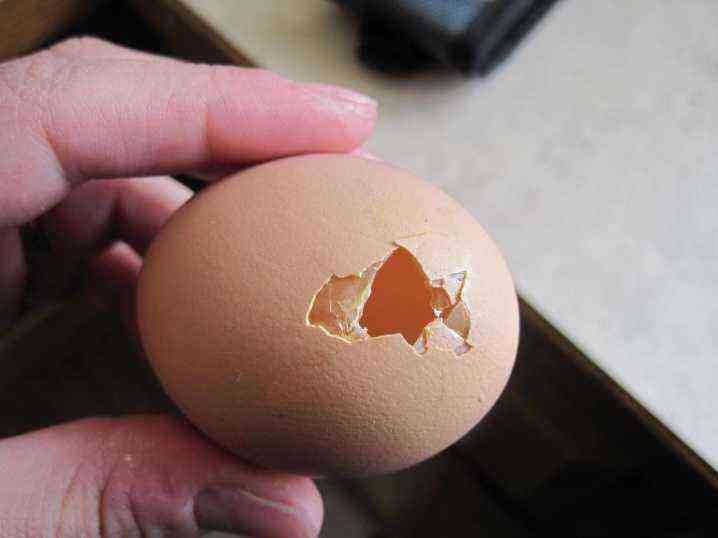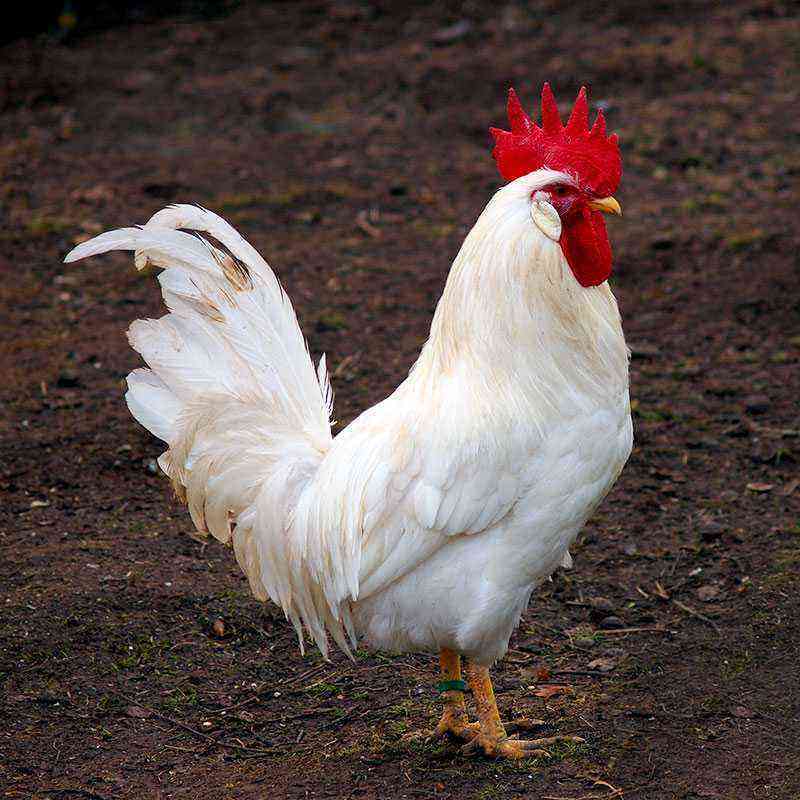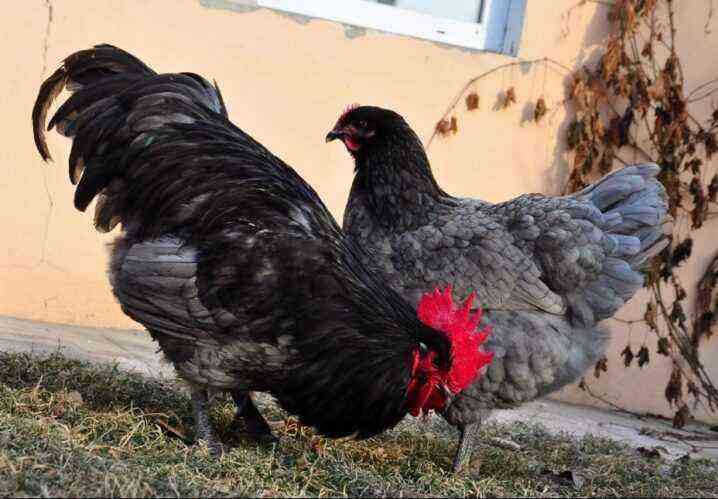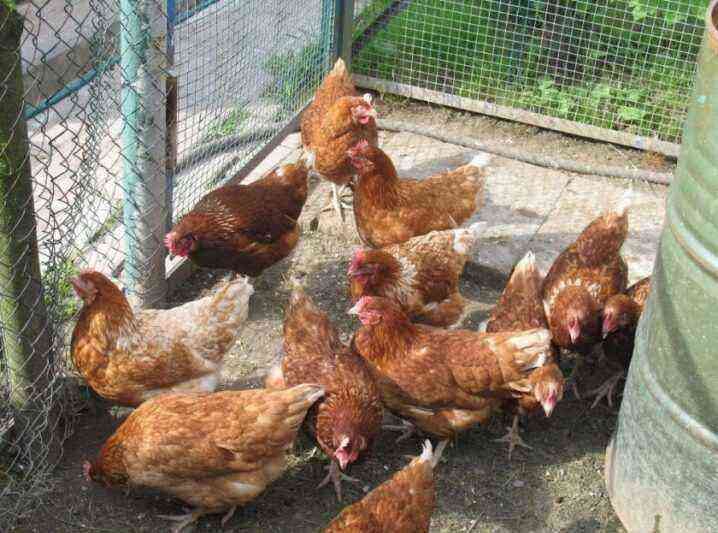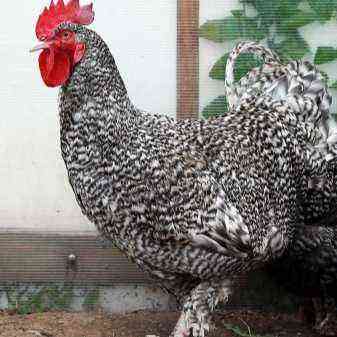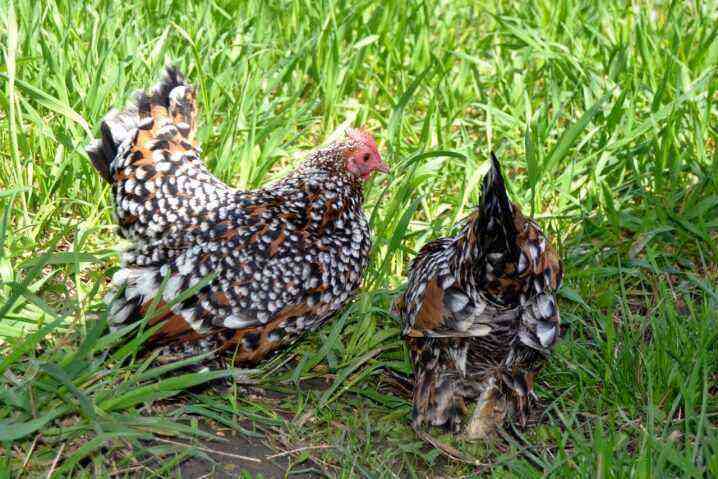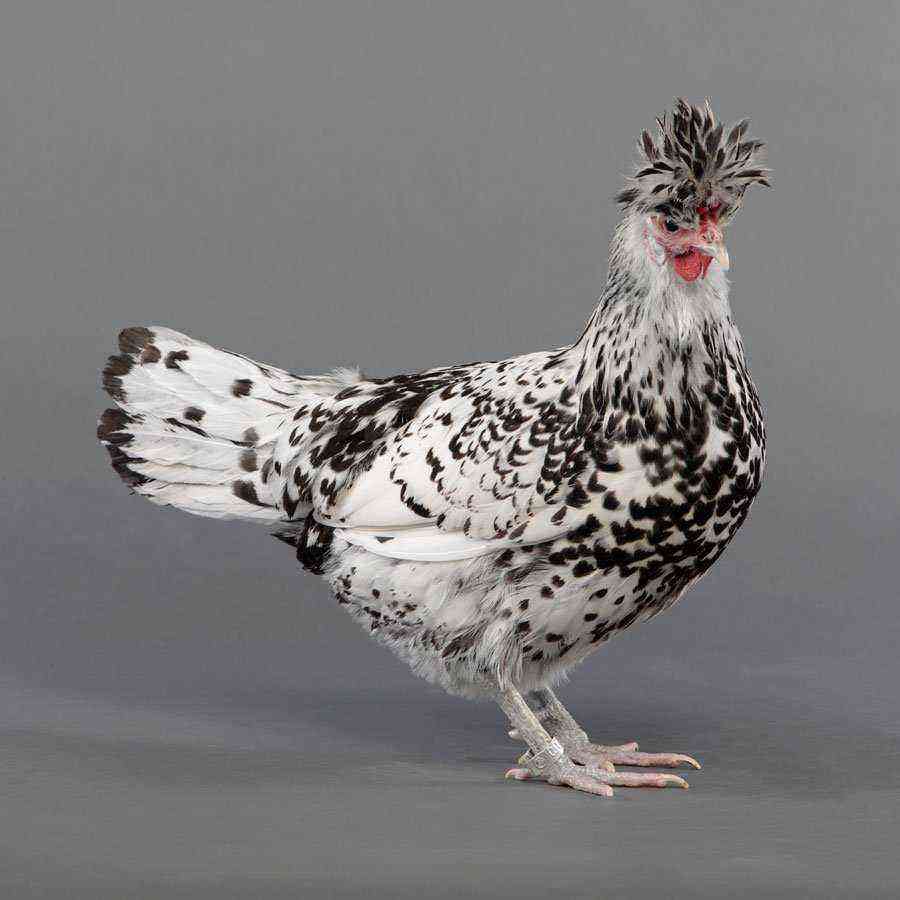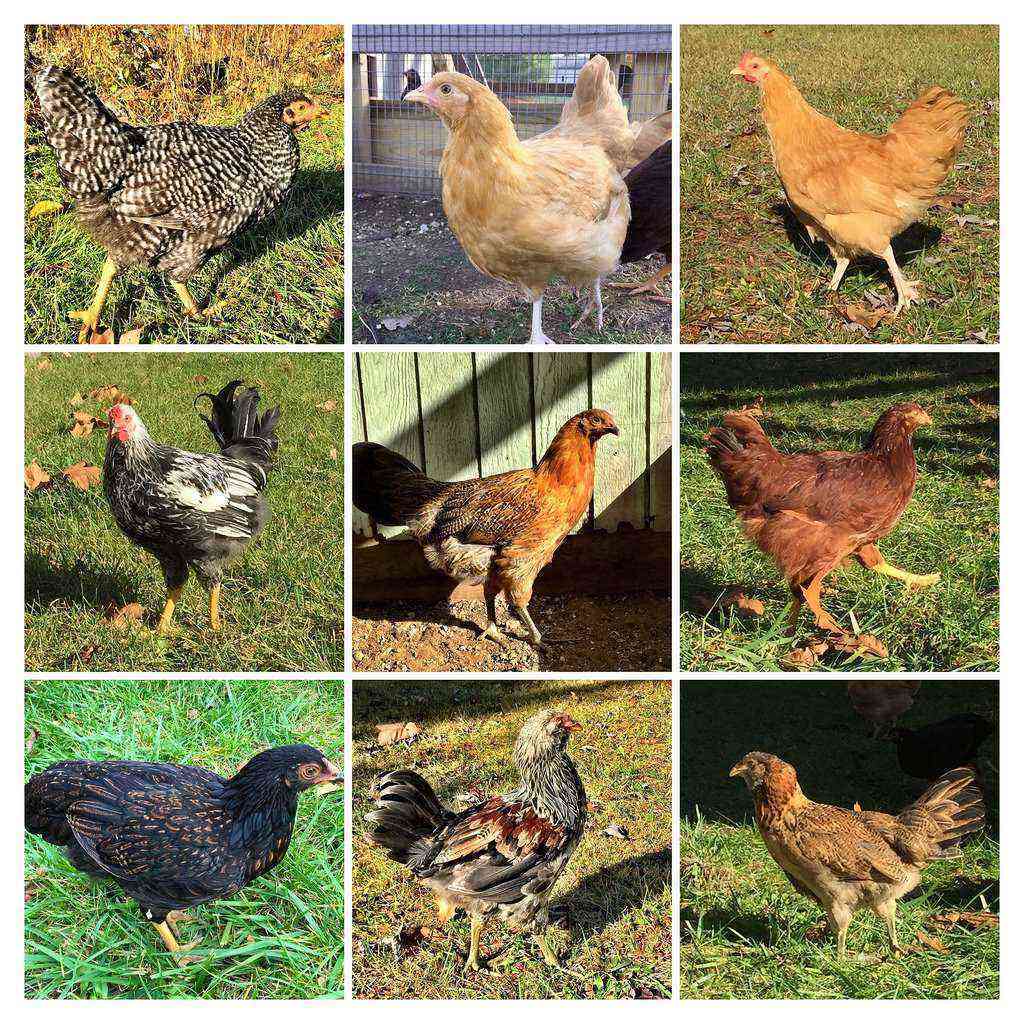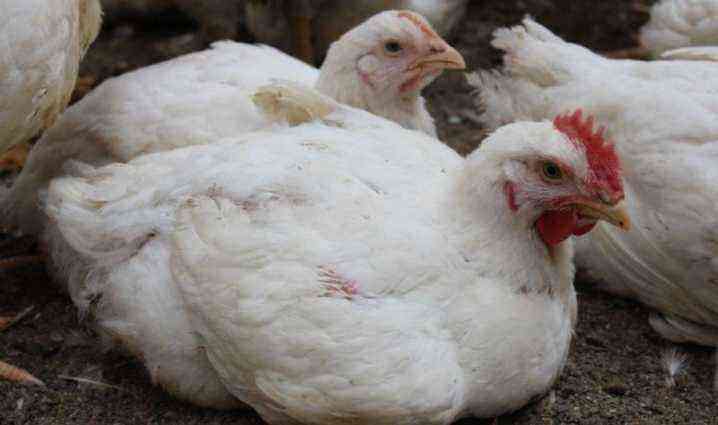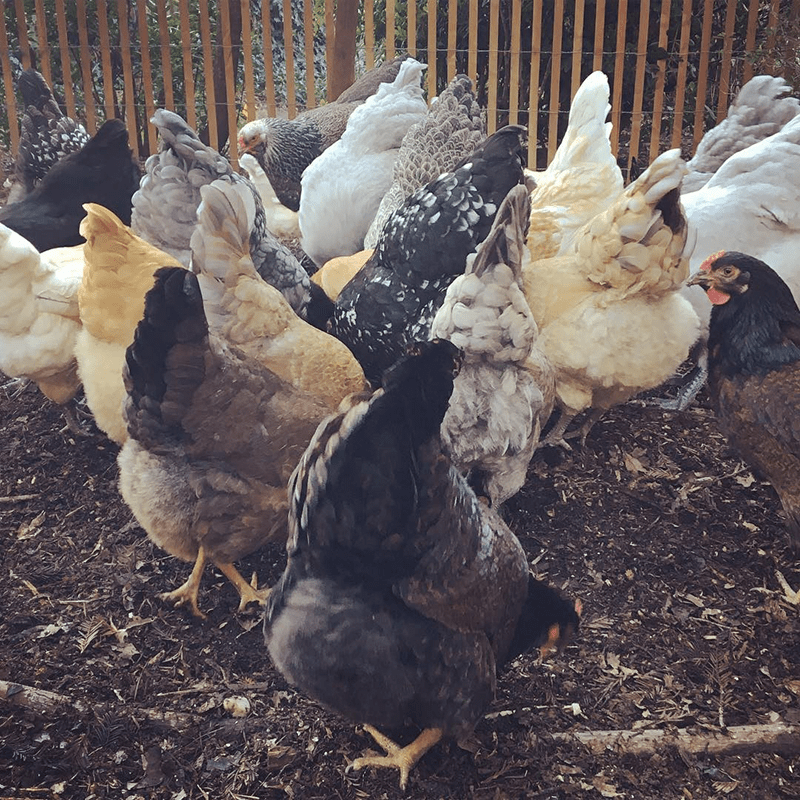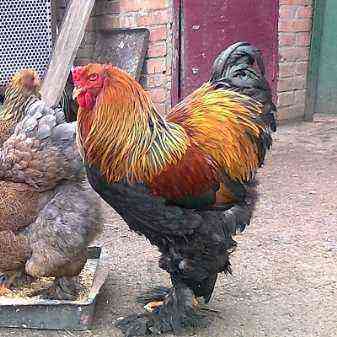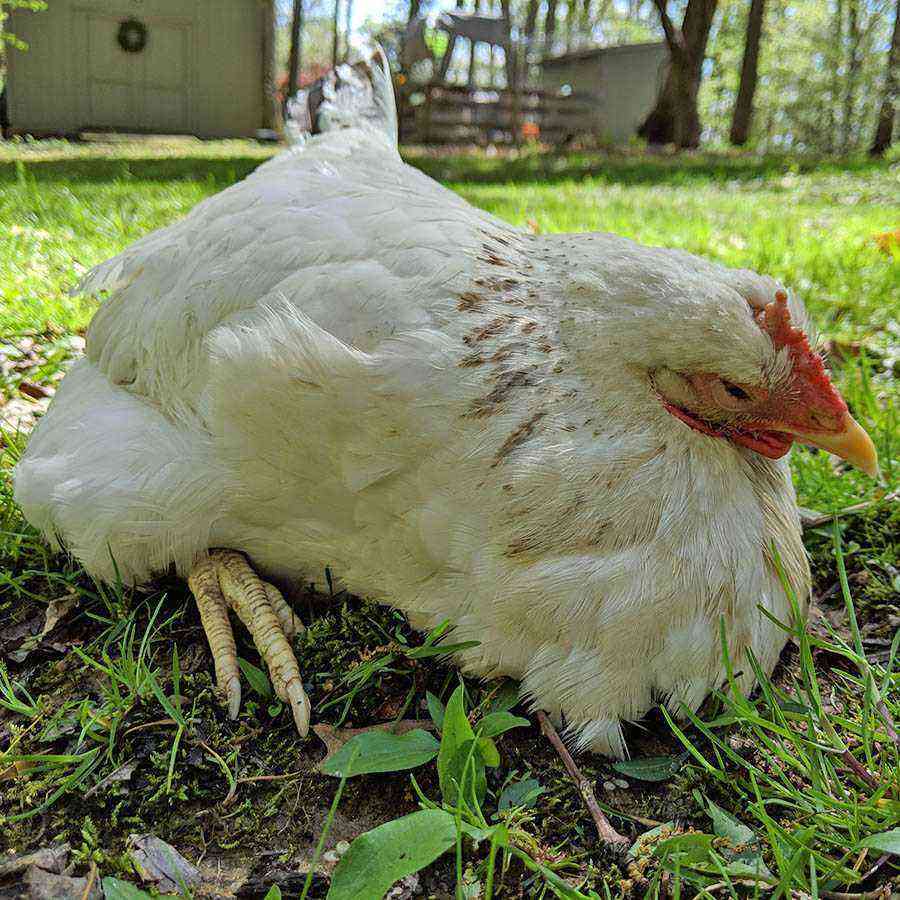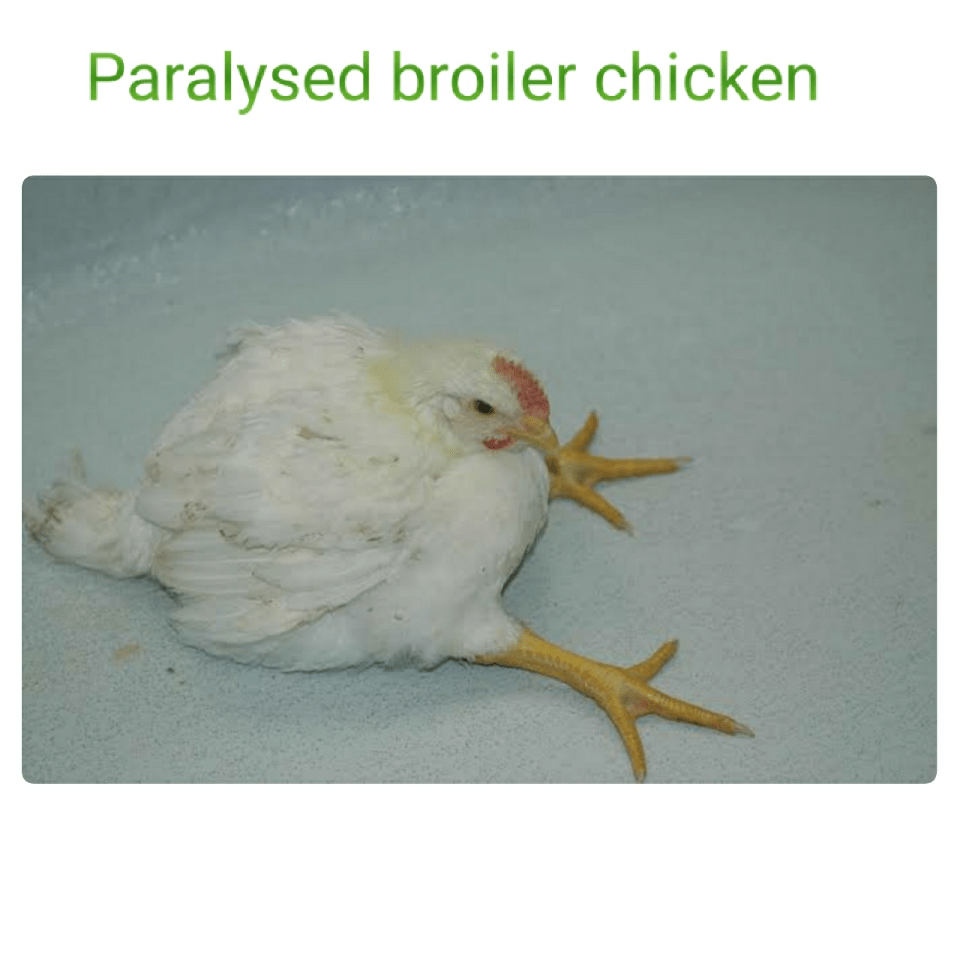Selection and selection under human control has led to the fact that at present many breeds of birds have been improved not only from a productive, but also from an aesthetic point of view. Breed signs can be very diverse, including color, quality of plumage. There is a European registry in which all officially recognized breeds of chickens are registered, the number of which includes several hundred species. Each breed has its own characteristics, including color. Man has always strived to create the unusual, of course, one of these original creations are blue chickens. The selection of such species is not only aesthetic, but also commercially profitable.
General information
It must be immediately recognized that the decorative purpose is far from the most basic, breeds of blue chickens are perfectly laid, many of them are bred for meat and egg purposes. And here the exotic is already fading into the background, productivity is more important. Blue coloring can be endowed with the most common laying hens. But there are also breeds that were specially bred in such colors. It should be noted that at birth, the color is not always determined absolutely accurately. Similar signs appear after the young growth reaches about 2 months of age. The chicks fledge as adults, and then the innate trait becomes apparent.
There are main categories into which breeds of chickens are divided:
- fighting;
- meat;
- egg;
- decorative.
In each of them there are representatives of the blue color. They are similar only in one thing – an exotic form of plumage, everything else (life expectancy, character, temperament, egg color) differ. There are a lot of blue-colored chickens bred by selection. We offer you a description of the most popular varieties.
Popular individuals
Andalusian breed
This bird is primarily an egg-laying bird. It was bred, as the name implies, in Spain. Minorca chickens were used as objects of selection. Andalusians are excellent laying hens, they are distinguished by a high degree of decorativeness, they are very good-looking. The blue color of each feather is decorated with a spectacular border of a shade darker than the general one. All this creates an incredible impression of the bird. This variety of chickens has gained the greatest popularity at home. Despite the fact that Russian poultry farmers would like to breed this breed, this is difficult to do due to the thermophilicity of individuals. The harsh climate of our country does not suit her.
Characteristic features of the breed:
- a high degree of egg production, and this process does not stop throughout the year, however, in winter it is necessary to maintain comfortable conditions of stay;
- not too strong immunity, low survival rate, disease resistance, any draft, cold temperature drop can lead to disease;
- the incubation instinct is very weak, the females are not caring, so keeping and breeding chickens will require special treatment.
Hens Cochinchin
These are rather large representatives of the feathered tribe, they are quite active and lively. They were bred in China, but now they are distributed all over the world. They are distinguished by a huge number of color options, including blue. Nevertheless, the rest of the external signs are extremely similar. This breed belongs to the decorative species, although the meat is eaten. Features of this breed:
- very large size and weight of the bird, minimum – 5 kg;
- underdeveloped egg production, small eggs;
- roosters and hens are tall, powerfully built, well-developed muscles;
- the plumage is very luxuriant, including the limbs and fingers;
- a shortened tail of a short type, regardless of gender;
- puberty and the ability to reproduce occurs after 8 months;
- chickens fledge for a very long time;
- weight and size grow very quickly;
- females hatch chicks quite well, they are very caring.
Russian breed (Aurora)
Of course, when breeding blue chickens, the exterior is of great importance. The domestic representative of birds of this color stands out for its spectacular appearance. She received recognition not only in Russia, but also abroad. In addition to their attractive appearance, chickens of this breed are very resistant to difficult climates and frosts. High productivity makes it very attractive for breeding. Features of the Russian breed:
- the main direction in breeding is egg production;
- puberty is early, so keeping chickens is quite cost-effective;
- already at 5 months brings the first eggs, a year with proper organization of care brings more than 200 pieces, egg weight up to 62 grams;
- the average weight of chickens is from 2 to 3 kg, the taste of meat is good;
- the disadvantage of the breed is that of the two chickens born, one does not inherit the characteristic features of the parents, so this breed is often not distinguished as a separate one;
- the disposition is benevolent, calm, friendly, however, the birds of this breed have a very anxious character, they are easily frightened and not very stress-resistant.
Orpington
This is an ornamental variety, but has excellent meat performance, because their size is very impressive. They are even called giant chickens because of their impressive size. The color of this breed is blue with a gray tint, very rare and spectacular, but most often they are presented in black, white, fawn colors. These chickens were bred in England, however, they quickly became widespread in other countries. Distinguishing Features:
- birds are distinguished not only by the large size of the body, but also by fluffy plumage, visually making them even larger;
- the feathers are very thick, the fluff is voluminous, it is necessary to cut the fluff in the cesspool area so that it does not interfere with reproduction;
- the average weight of chickens is from 3 to 4 kg, roosters from 4 to 5 kg;
- egg production on average 180 eggs per year, weight up to 66 g;
- appearance and character are aristocratic, temper is calm, quiet;
- maternal instinct is well developed, laying hens are very caring.
Australia
It was bred in Australia in the XNUMXth century, but very quickly became popular in many countries of the world. Poultry farmers and breeders were so interested in the spectacular chicken that they created many subspecies and hybrids of this breed. Initially, the breed had a black color, but subsequently many colors were obtained, one of which is blue with an ash tint. Breed features:
- the direction of breeding is meat-egg, one of the universal varieties, the meat of which is considered dietary;
- weight of females – up to 3 kg, males up to 4,5 kg;
- this breed has 4 sets of indicators acceptable for the standard, so appearance may vary;
- the average number of eggs laid annually is at least 200, and may be higher over a three-year period;
- have a very strong immune system, hardy;
- the survival rate of chickens is very high;
- unpretentious to climatic conditions, the content does not cause trouble.
Araukana
This species is of particular value, as it has not only blue plumage, but also lays eggs of the same color scheme. This is a fighting breed, which is bred from the corresponding wild birds of the American continent. In modern breeding it is positioned as an egg breed. Distinctive characteristics:
- turquoise shade of the egg shell;
- taillessness;
- spectacular sideburns;
- the head is small, the look is predatory;
- has a dwarf subspecies bred by specialists;
- roosters retain fighting qualities, are pugnacious, while hens are calmer and know how to pacify their temper.
Maintenance and care
The original plumage color does not make these birds special in terms of breeding and keeping. Feeding and care requirements depend on the breed, not the color of the chickens. Therefore, the parameters in these categories must be compared with the characteristics of the breed, for example, resistance to climatic adversity. Depending on this, a heated or unheated chicken coop is arranged with perches, nests, and a straw-lined floor.
As for nutrition, as a rule, this is a two-time meal with ready-made or self-made mixtures of grains, boiled vegetables, herbs, cottage cheese, sour milk, yolk. It is necessary to provide domestic birds with mineral and vitamin complexes. There should be access to fresh water around the clock.
Even more useful and important information, starting with the appearance of chickens and ending with the characteristics of the breed and eggs, in the next video.
